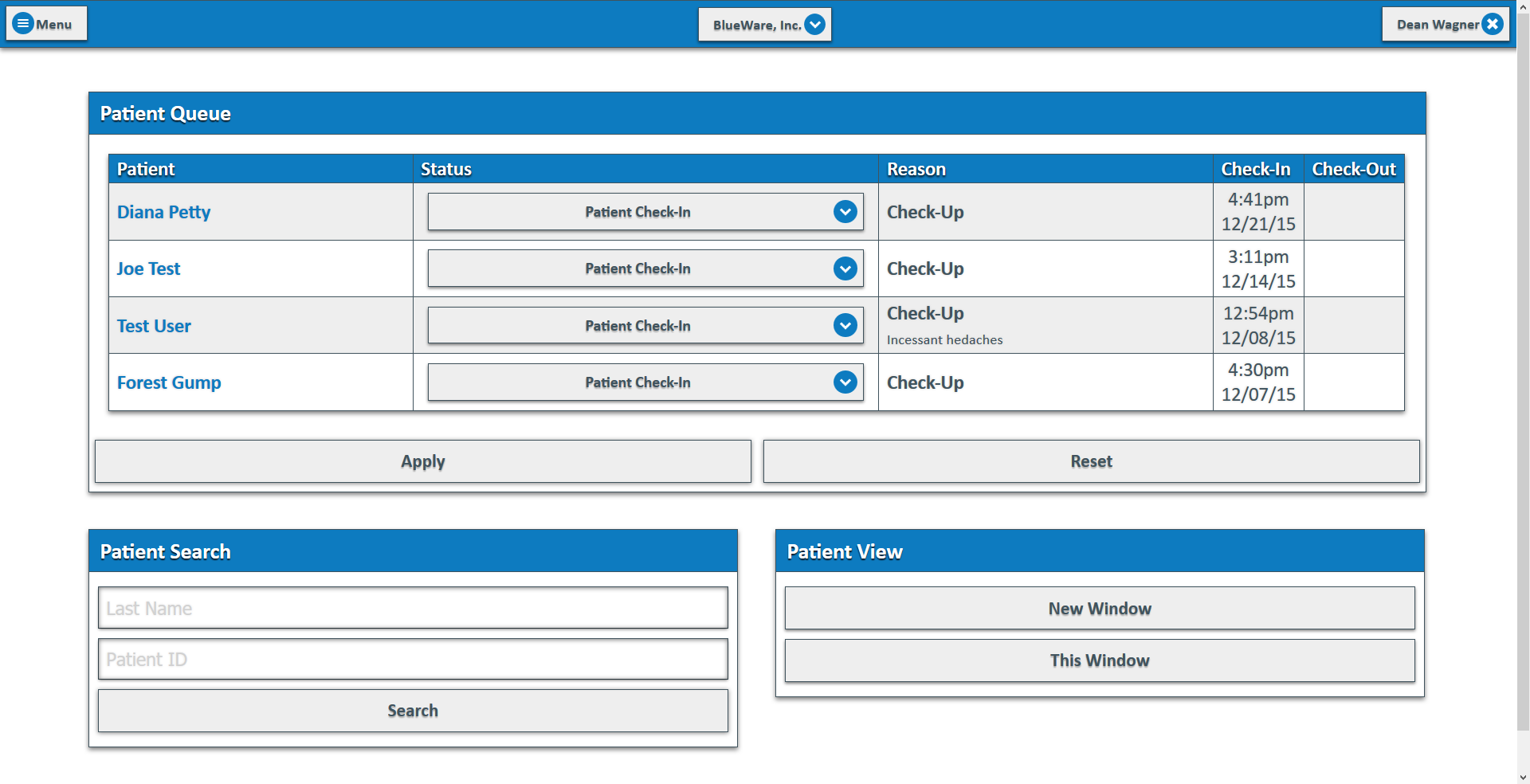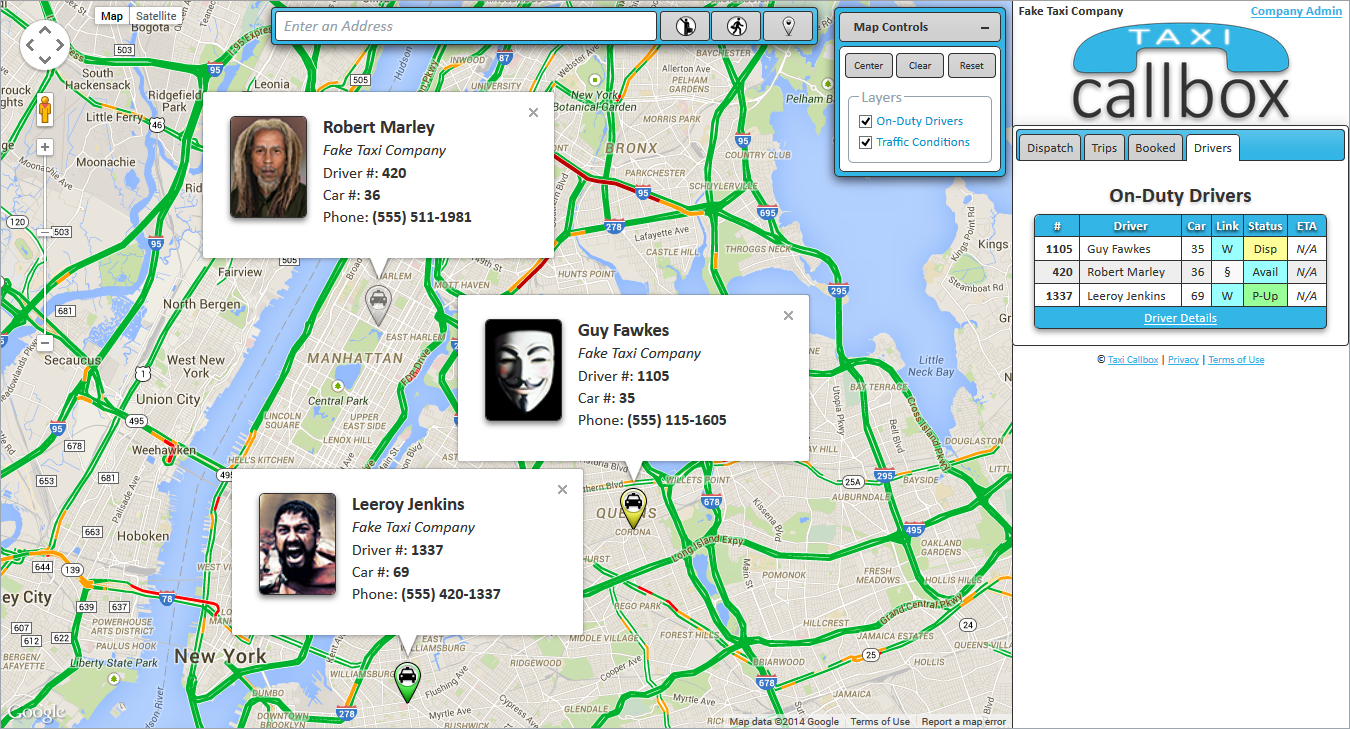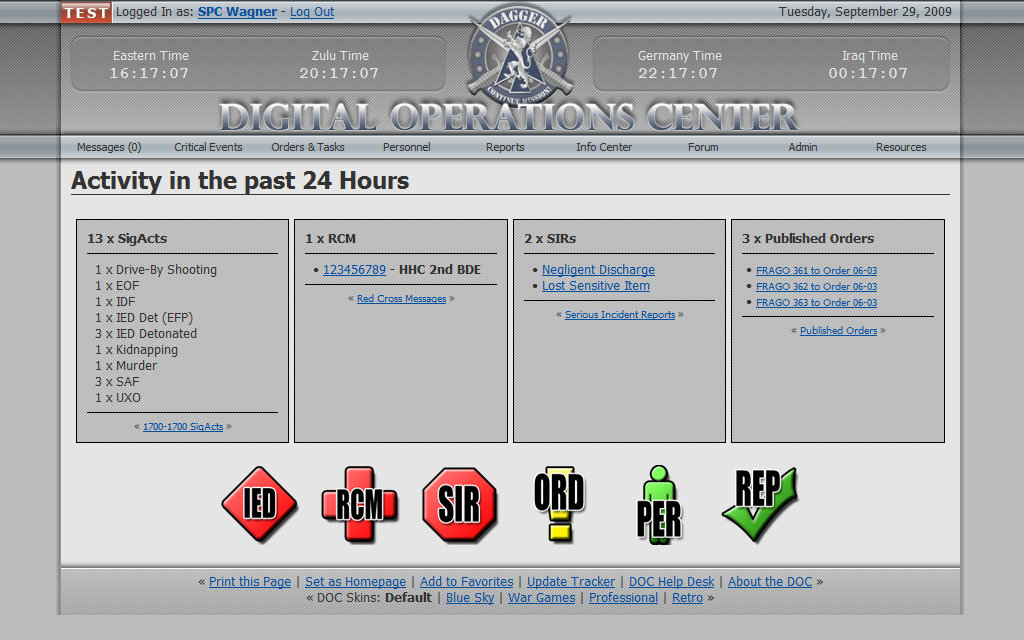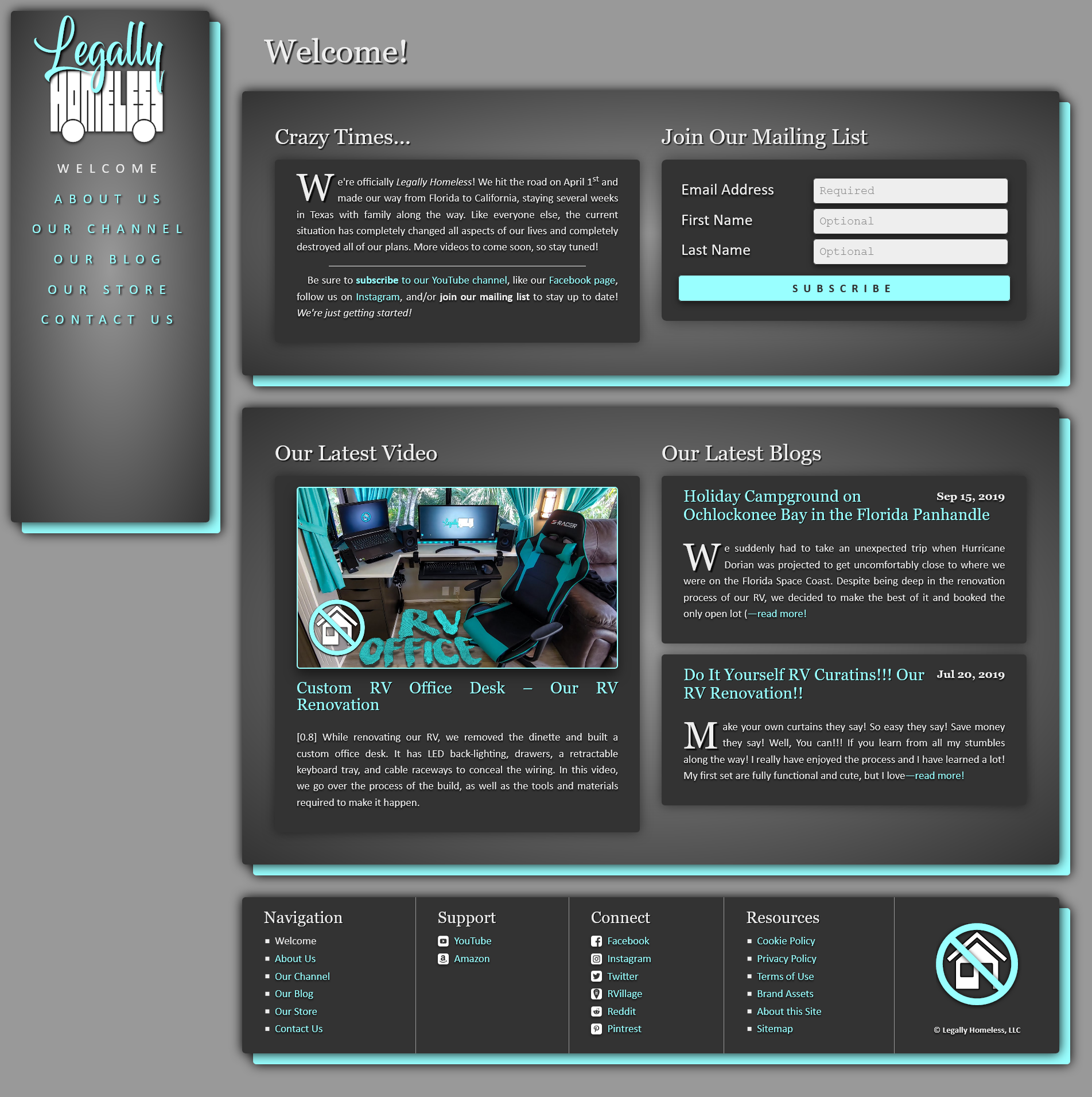Web Developer
I am a Full-Stack Web & Mobile Application Developer with over 20 years of experience in the field. In 2001 I began developing websites on a professional level. Throughout the years I have fluctuated between being a part-time freelancer and a full-time developer. With each project I have continued to hone my skills and stay on top of the ever-growing complexities of web development as the industry expands exponentially.
During my time in the military I developed several intranet portals in order to assist the administrative and command sections track everything from personnel rosters to significant enemy activity in the greater Baghdad area. Post-military I have continued to develop websites at a freelance capacity, as well as generate my own business and handle many projects completely on my own from the ground up. I have also worked at several companies developing web-based enterprise solutions, such as a Taxi Tracking and Dispatching System and an Electronic Medical Record and Document Management System.
Skills at a Glance
| Expert | Proficient | Paradigms | Software |
|---|---|---|---|
| AJAX/DOM | ASP.NET | Progressive Enhancement | Adobe CC Suite |
| HTML/CSS | Java/Android | Responsive Web Design | Eclipse |
| JavaScript | Node.js | Search Engine Optimization | Jet Brains Suite |
| PHP | NoSQL Databases | Social Networking Integration | Git/LC/WCP/WPS |
| SQL Databases | Python | SSL Encryption | Linux/Apache |
| XML/RSS/SVG | Rails | W3C & WCAG Compliance | Visual Studio/VSC |
BestConsent






























Electronic Medical Record and Document Management System
I was the primary and lead developer of this project from its inception in 2015 until I left the company in 2018. The product is still live and in use (commercial site, actual product). It is a web-facing browser-based Electronic Medical Record and Document Management System for small clinics and doctor's offices across the country. It provides not only big hospital EMR solutions, but the ability to manage a completely paperless environment by giving both the staff and the patients the ability to interact with a device-agnostic touch-optimized interface on desktops, tablets, and kiosks. It can either be integrated into existing systems, such as Athena Health, or be used as a stand-alone EMR solution.
The system maintains strict adherence to the HIPAA specifications in order to provide an environment where privacy and security are at the forefront of all considerations. It operates through SSL on a multi-tenant database structure where each clinic runs through the same interface but are each connected to their own independent and isolated database. It also has an exhaustive audit log which tracks every aspect of user activity.
The back-end is built on a custom OO PHP framework and a MariaDB database. The front-end is built on the jQuery Mobile framework. The UI is optimized for touch devices but works equally well on traditional keyboard/mouse devices. It is responsive and dynamic, scaling every aspect—from font sizes to page layout—to make the best use of the host device's capabilities.
Taxi Callbox














Taxi and Shuttle Dispatching and Tracking System
I was the lead and primary developer for this Taxi and Shuttle Dispatching and Tracking System. It consisted of a web-based interface built on the jQuery UI and jQuery Mobile interface frameworks, along with intensive custom Google MapsAPI integration, as well as companion Android Apps. The back-end was a custom OO PHP framework with a MySQL database.
The system was created to be operated by a centralized call center (in the event a company wished to forward calls to the dispatching center, where it tied into the VOIP system) or remotely by the individual companies themselves. It would track all drivers associated with that company as well as map routes and assign calls to drivers.
Drivers and passengers each had respective Android Apps, as well as browser-based mobile platforms that worked on any device. Drivers used the app to receive calls from dispatch and track street pick-ups. Passengers used the app to find cabs close to them, where they could receive fair estimates and read information about the driver—as well as user reviews—and choose which one they wish to hail. They could then track the cab until it reached their location.
The system also had an extensive administrative interface which allowed for managing of dispatcher and driver accounts, complete statistical reporting, heat maps, billing document generation, and total user activity auditing capabilities. It also had a robust support system with a ticket-based helpdesk, video tutorials, FAQ, and a detailed key which explained every icon and color indicator within the system.
Digital Operations Center




Personnel and Significant Activity Tracker
Note: These images were taken from an UNCLASSIFIED development machine before the code was pushed to the DoD SIPRNET. The data shown in these screenshots is fictitious and only used for testing purposes.
During the preparations for, training for, and throughout the course of my first deployment to Iraq in 2006 I quickly became aware of the lack of modern technological applications on the battlefield; specifically where web technology was concerned. Reports, orders, personnel matrices, and a plethora of other vital documents where all being passed from place to place via email with no centralized repository or share to be pulled from—or at least not easily accessible by remote units with very little assets. Data corruption was a major problem with people applying edits to the wrong version or in the wrong sequence and files being pushed up the chain with missing or outdated information.
Outside of my primary mission as a Combat Engineer, I began working with another soldier on a centralized browser-based portal built on open-source technologies to alleviate much of the aforementioned issues with our knowledge of web development from the civilian sector. The portal was named the Digital Operations Center (a play on the term Tactical Operations Center, or TOC) and built on a spare laptop that was wiped and turned into a LAMP server connected to the DoD SIPRNET.
Where as the DOC initially started out as a small project on the company level, higher echelons were beginning to take notice at how effective and how easily reachable the DOC was, and soon it had become the standard means of information reporting, tracking, and dissemination for the brigade and utilized by every sister company of ours underneath it. As the deployment continued the functionality and capabilities of the DOC expanded exponentially, and by the end of it the DOC had even been adapted at the division level and was monitoring all US forces, allies, and enemy activity in the greater Baghdad area.
Traditional Websites




























Creating Websites Since 2001
During the late nineties I began marking up web pages in Notepad on a Windows 98 PC powered by a Cyrix 66MHz processor, 128MB of RAM, a 4GB HDD, and a 56.6kb/s dial-up modem. My early sites were simplistic and built solely with static HTML pages. As I learned and experimented with new and emerging technologies I began integrating CSS and JavaScript. Once I began learning PERL and PHP, as well as how to work with databases like MySQL, I began building more robust sites with user interactivity and administrative capabilities.
Having started out as a hobbyist, I didn't develop my first paid professional site until 2001. At that point I began freelancing for design firms by creating both the client-side and server-side aspects of websites from graphical mock-ups and detailed lists of functionality requirements. I continued to develop in a freelance capacity for several years until joining the Army in 2004.
While in the Army I did not continue to freelance, however, I still continued to hone my skills as a developer by maintaining several personal sites and developing web-based products for various units I was assigned to throughout my career. In 2008, when I was released from Active Duty, I began attending classes for software development at EFSC (formerly BCC) through the Post 9/11 GI Bill. At this point I also returned to freelance developing, as well as generating business on my own—primarily through local businesses and personal acquaintances. By 2012 I had finished school, as well as the remainder of my time in the Army as a reservist. Since then I have mostly been working on large-scale web-based enterprise solutions, but I still maintain a few traditional websites.